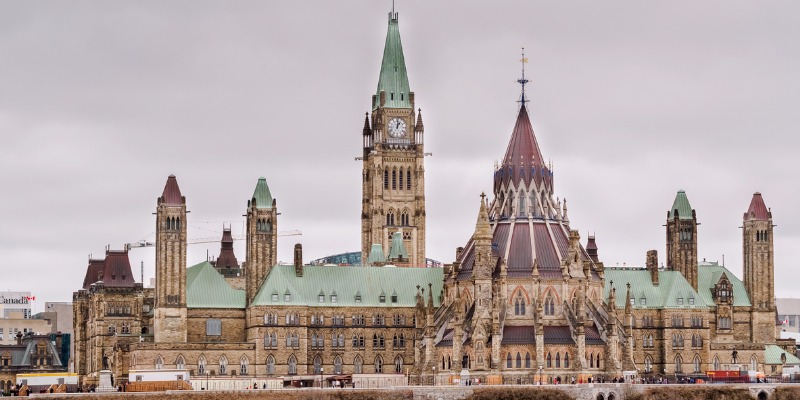Federal government will likely violate another self-imposed fiscal rule

Since first taking office, the Trudeau government has repeatedly broken its self-imposed fiscal rules and eschewed any semblance of spending disciplined.
In late-2015, the government committed to its first fiscal rule—balancing the budget by fiscal year 2019-20. However, it quickly abandoned this rule in subsequent months and proposed an alternative fiscal rule—to reduce federal debt relative to the size of the economy (GDP).
But as the government increased spending beyond its own projections in successive years, that fiscal rule also became an afterthought. Federal debt increased relative to GDP in 2019-20 and continued to sharply increase during COVID.
When the economy rebounded and federal spending subsided from the peak levels of 2020-21, the government began to reduce debt as a share of GDP and there was optimism that this trend would continue. But the optimism was short-lived, as the latest fiscal projections indicate the government is expected to violate its fiscal rule again in 2023-24 and 2024-25. Indeed, late last year, the government outlined its new fiscal policy objectives, focusing on maintaining the 2023-24 deficit at or below $40.1 billion as projected in Budget 2023, reducing the debt-to-GDP ratio by 2024-25 (relative to the 2023 fiscal update) and keeping the deficit-to-GDP ratio on a declining path, aiming to keep deficits below 1 per cent of GDP from 2026-27 onwards.
Once again, the Trudeau government has pronounced new aspirational goals for fiscal policy. In reality, since the pandemic, the federal government has continually postponed reducing its deficit. The 2022 budget projected a deficit of $8.4 billion in 2026-27. This was revised up to $15.8 billion one year later in the 2023 budget, and then seven months later in November 2023, it was ramped up to $27.1 billion. Last November’s fiscal update flatlines deficits from 2023-24 to 2025-26 and pushes deficit reductions to 2026-27.
Why has the federal government failed to reduce its deficit since the economy emerged from the pandemic?
One possible reason is increased spending on interest payments on the federal debt because of higher debt levels and higher interest rates on federal debt. While government debt charges are projected in the 2023 fiscal update to be $55.1 billion in 2026-27, up from $42.9 billion projected in Budget 2022, projected program expenditures increased by $36.1 billion and the increase in debt charges accounted for less than one-third of the increase in the projected deficit that fiscal year.
The inability to control program spending (total spending excluding interest payments) remains a primary reason for these deferred deficit reductions. While higher-than-anticipated inflation rates in 2022 and 2023 may have contributed to increased projected spending, this only explains less than half of the spending increase in 2022-23 and 2023-24. In other fiscal years, the spending increase is primarily due to new or enhanced expenditure programs, highlighting a lack of fiscal discipline in program spending.
The federal government projects a steadily declining debt-to-GDP ratio until 2055-56, based on assumptions of constant annual economic growth of 1.6 per cent driven by annual labour supply growth of 0.6 per cent and labour productivity growth of 1.0 per cent. However, these projections are optimistic and do not account for potential economic downturns due to new pandemics, geopolitical conflicts or other unforeseen risks.
And there’s a significant chance of higher debt ratios in the future. According to a new study, there’s an estimated 44 per cent likelihood of a higher debt ratio in 2036-37 and a 59 per cent chance in 2046-47. This analysis underscores the risks posed by the continuous postponement of deficit reduction.
To address these challenges, the federal government should increase its primary budget balances (revenues minus program spending) now by reducing program spending relative to GDP in its upcoming budget and beyond. This would allow for financing larger deficits during future economic downturns without leading to unsustainable debt increases.
Authors:
Subscribe to the Fraser Institute
Get the latest news from the Fraser Institute on the latest research studies, news and events.

